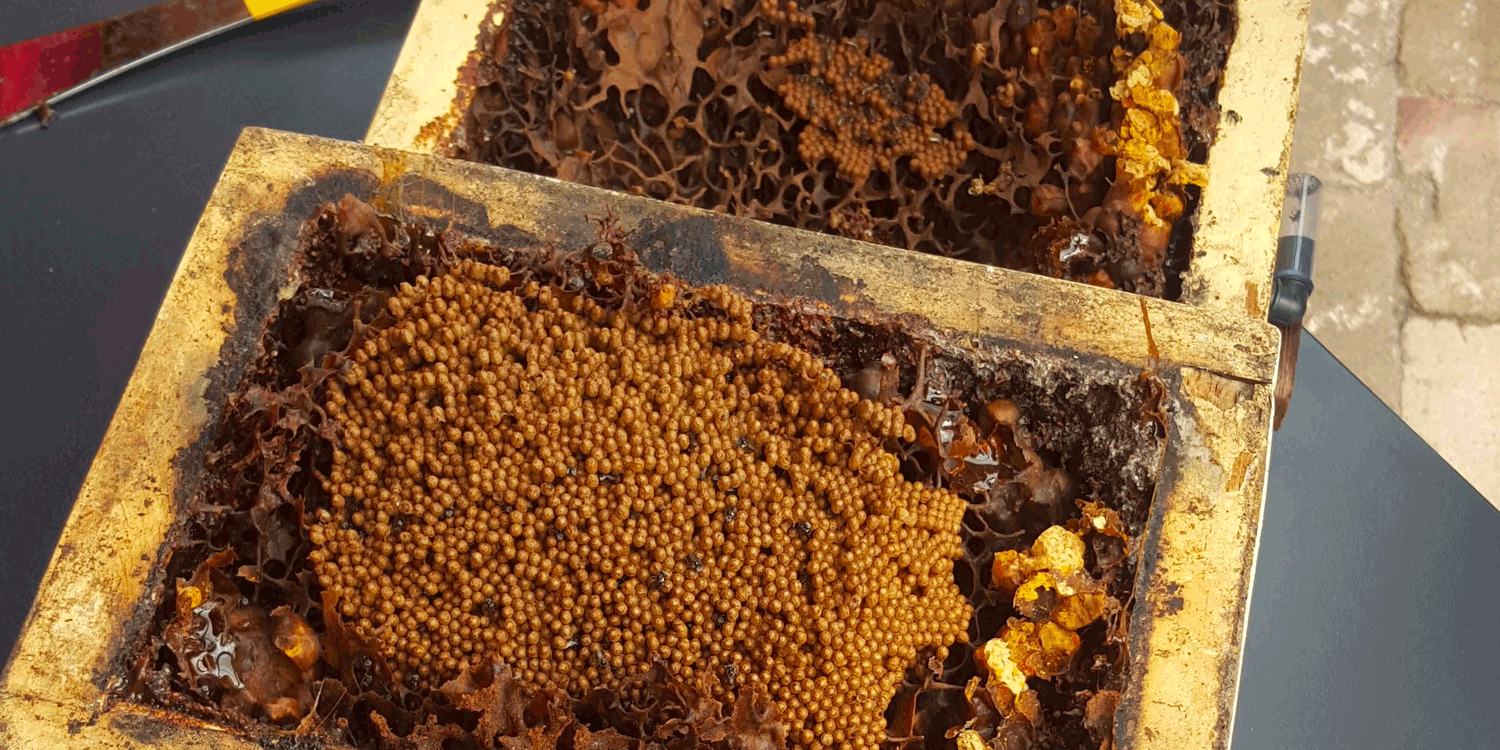
21 Mar Review of Tim Heard Native Stingless Bee workshop
Finding Tetragonula hockingsi.
Elke organised for a free workshop on native stingless bees with Tim Heard as part of a combined Randwick Council and Sydney Bee Club event (Elke happens also to also ‘bee’ the Sydney Bee Club secretary).

Tim demonstrated how to divide a full hive he had brought down from Qld. Whilst us Sydney based stingless beekeepers never divide a hive outside of spring and early summer, it is possible to do so further north.
The hive was heavy enough but when opened there were two reasons he couldn’t.
- Firstly, there was not enough brood mass in one of the brood boxes.
- Secondly, the stingless bees were of a different species that does not naturally occur in the Sydney region. Respectfully, Tim did the responsible thing by not continuing on with the division (and will be taking the hive back to Brisbane so as not to introduce a species that does not exist in this region).
What’s wrong with Tetragonula hockinsi?
In a sentence, they’re not endemic to the Sydney Basin, or NSW. In Sydney, we have Tetragonula carbonaria as the only stingless bee species. The species that Tim discovered when the box was opened was Tetragonula hockingsi.
They are very similar bees, both stingless and social, in fact it is almost impossible to distinguish the bees apart. The main identifying factor is in the random formation of the brood mass. (not in layers or spirals like the T. carbonaria).
In Queensland, the T. hockinsi have been increasingly ‘taking over’ T. carbonaria hives. This take over is in the form of a fighting attacking swarm (which can also happen between the same species). Bob the Beeman from Qld who presented at the Ku-ring-gai Council 500 Club Native Bee day last week said that T. hockingsi has already taken over about 95% of his hives, Tim estimated that only 15% of his hives were taken over by T. hockingsi. T. hockingsi has been migrating a little further south over the past decade and is now well within the Brisbane area and they appear to be competing with T. carbonaria in Qld. T. hockingsi also have been recorded to hybridize with T. carbonaria.
What about Sydney? It was postulated and agreed at the Ku-ring-gai 500 Club presentation that it was definitely not a good idea to be importing T. hockingsi (or any other species of native bee) into an area that it does not naturally occur for the obvious environmental impact reasons. (e.g. think the cane toad, rabbit, prickly pear, etc).
If you are looking in to purchasing a stingless beehive and you are in Sydney, I highly recommend that you insist that the supplier guarantees that the hive is Tetragonula carbonaria and not Tetragonula hockingsi, especially if you are purchasing from Qld. Note: many ‘suppliers’ in Sydney source their hives from Qld, so it is important to ask that question and get that guarantee – otherwise you will be threatening the existence and unique genetic make up of the stingless bees in Sydney.
There is some discussion that T. hockingsi are less able to tolerate the cooler climate of Sydney, which may be another reason to ensure you don’t purchase T. hockingsi.
The very real danger is that T. hockingsi could easily set up in Sydney and also begin to ‘take over’ the specific T. carbonaria species that we have in the Sydney Basin and as a result, remove a potentially very important species as well as threaten the T. carbonaria species into rarity or extinction.
Below are some photos to show you the difference between the two species’ nest structure (a key identifying feature).

Tetragonula hockingsi – a species that exists in Brisbane and Qld and has been taking over T. carbonaria hives in Qld. Note the more random brood structure.

The nest structure of Tetragonula carbonaria. Sydney’s only stingless bee species.

An oblique view showing the organised nest form Tetragonula carbonaria – Sydney’s only species of stingless bee.
The Sunday morning session substituted the usual Apiary/Field day that Syd Bee Club hold through summer and spring. We offered the morning free of charge to anyone interested (but did have to limit it to 40 – as a result, it was a sell out)!
